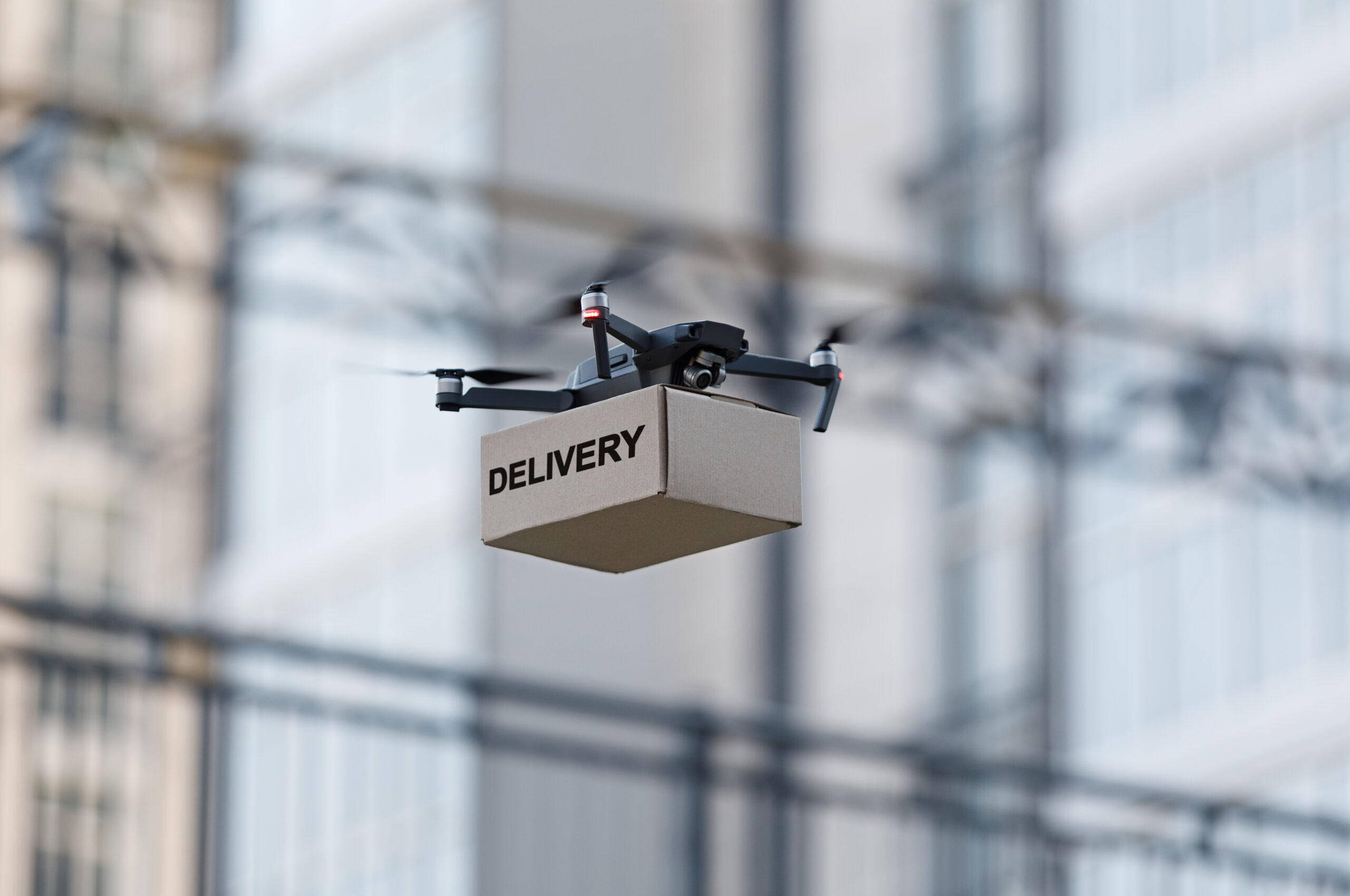Doesn’t it feel great when everything just works together perfectly?
You can now integrate your back-office system with the Stream’s logistics, vehicle & transport management software via our public API & Webhooks.
How to integrate with Stream
We recently made some updates to the way we handle integrations in Stream. There are two main ways you can integrate Stream with your back-office system: with an existing integration already hosted by us, or via our public API & webhooks.
Existing integrations
There are some systems that Stream already integrates with. If you use Brightpearl, Veeqo or Sage 50 as part of your back-office system (or you plan to), it is quick and easy to integrate with Stream. We’ve already built the integration with those systems, so all you need to do is to contact [email protected] and we’ll get you connected up!
To integrate with other systems we’d recommend using the new public API.
Public API & Webhooks
Why use the API & Webhooks for your integration?
Using APIs & Webhooks makes integration with Stream much easier. Your existing back-office systems can communicate easily with Stream, sending information in, and getting alerts back out. APIs & Webhooks makes this communication between systems real-time so much quicker than other methods, like FTP.
APIs & Webhooks are used quite commonly within various industries, including healthcare, retail, manufacturing and logistics.
By using an API or Webhook integration, we’re able to:
- Bring systems together
- Have those systems ‘talk’ to each other
- Synchronise the data across systems
- Keep all the systems up-to-date
This is something that you’re probably already using in your everyday life – if you’re watching something on Netflix, or on a tablet, the chances are that you’ll be accessing that via an API.
What’s the difference between APIs & Webhooks?
Essentially, APIs & Webhooks allow systems to communicate, and trigger different events in different systems, depending on your needs. The key difference between an API and a Webhook is that APIs take incoming data and perform an action, whereas Webhooks send data out as a notification.
How to use the Stream API
If you want to use the Stream API & Webhooks to integrate with your existing back-office system, start by requesting more information here. We provide extensive documentation, so you or your IT team can get to grips easily with the whats needed for the API integration.
We can work with your developers or your software partners (a Sage Partner or an SAP Partner, for example) to help with communication and enable the integration.
Integration via API is a favoured approach for a lot of IT teams, and we’ve had some very positive feedback since the API was released. One recent customer even had their integration up & running in around a day, using just the documentation we provide.
Using our public API & Webhooks is a really quick, easy way to integrate your existing systems with Stream.
Frequently Asked Questions
An API is a service that performs an action when you ask it to do something. That means that the Stream API is used to send in from your back-office system and perform an action within Stream. As an example, we have an API that creates an order within Stream when the information is passed from your back-office system.
A Webhook provides real-time notifications when something has occurred. Stream’s Webhooks are used to notify other systems of an action taking place, which can then be used to trigger an action.
An example of this is when an order has been delivered, Stream can send out a notification, which could be used to trigger an invoice to be sent from your accounting package.






